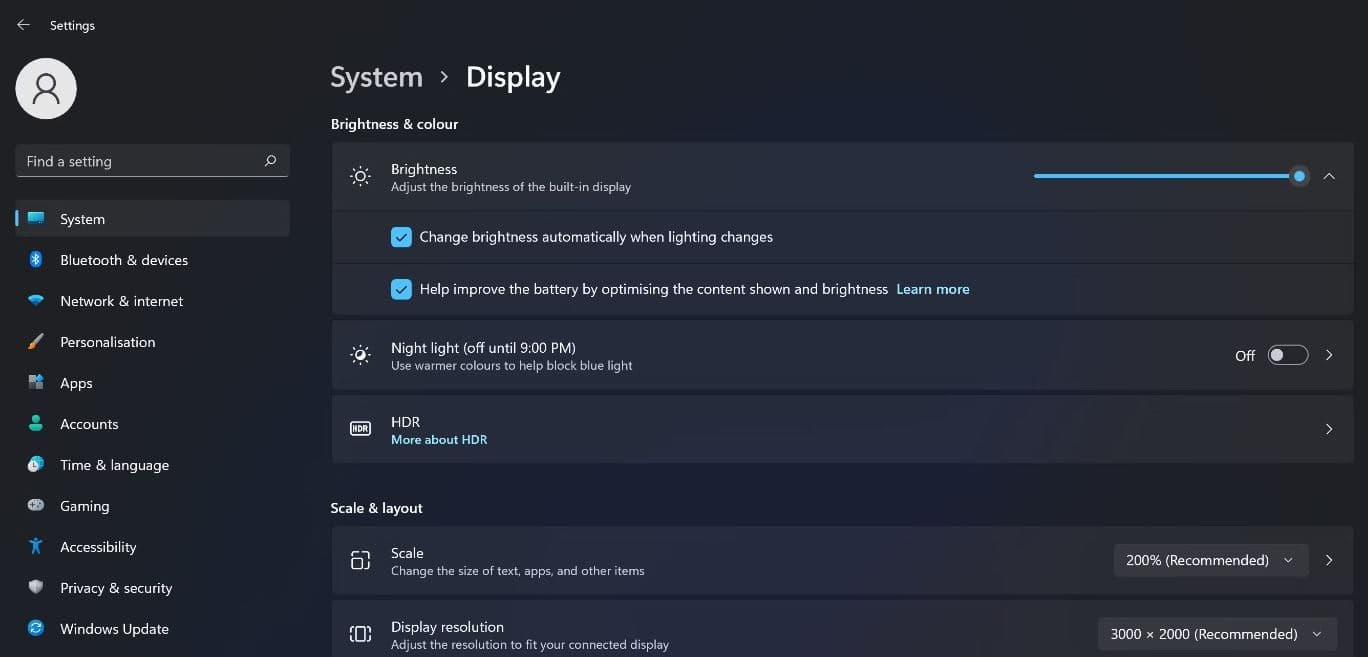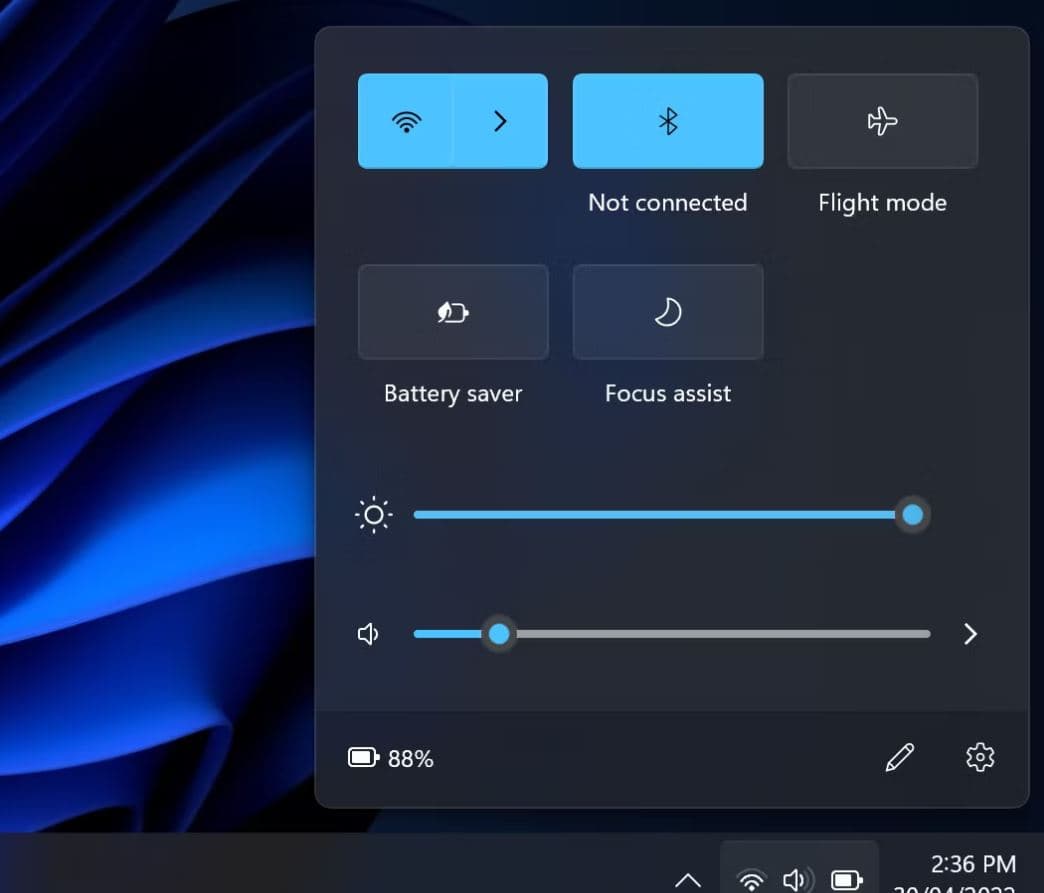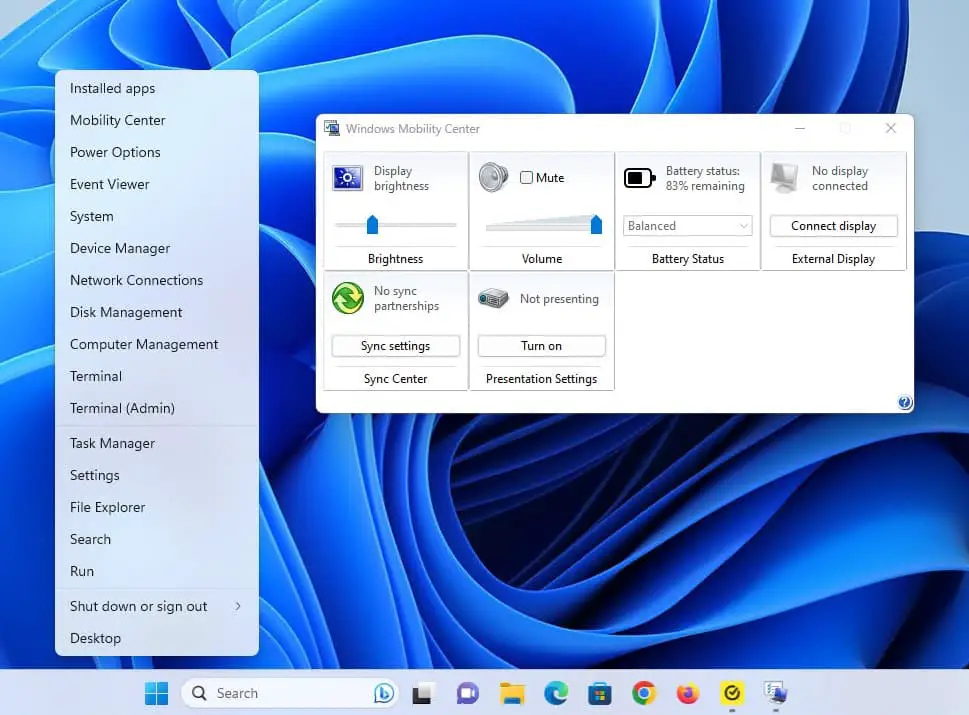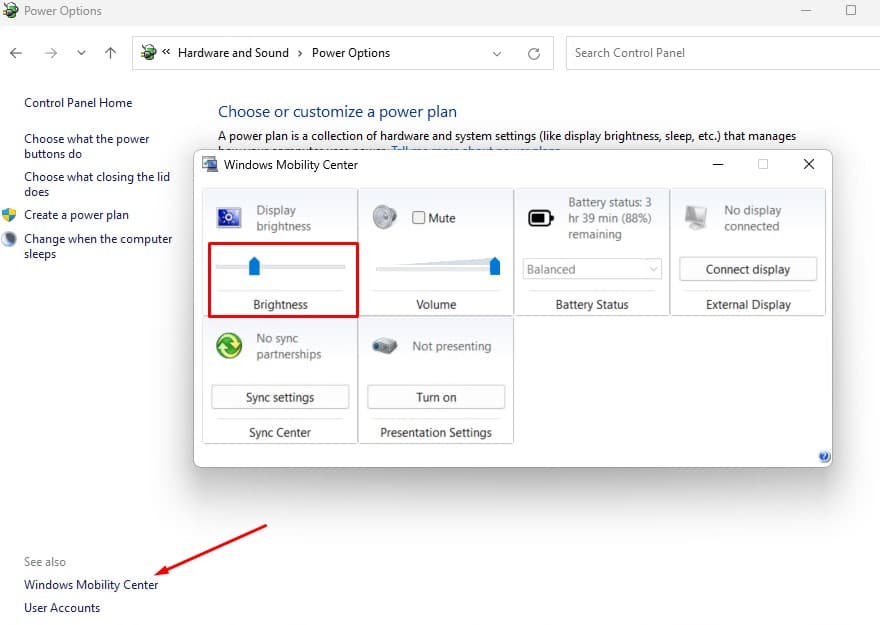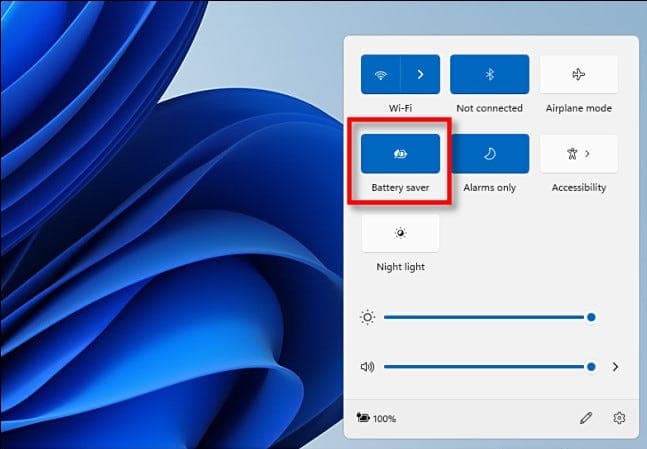If you’re a regular computer user and experiencing eye strain or headaches, the brightness level of your display might be the culprit. It’s important to know how to adjust the brightness on Windows 11 laptop. Adjusting screen brightness not only improves eye health and comfort but also extends laptop battery life. Windows 10 offers several methods to control screen brightness, catering to different preferences and scenarios. In this article, we explore different ways to change or adjust screen brightness on a Windows 10 laptop.
How to change Screen brightness on Laptop
Adjusting screen brightness is a crucial aspect of using a laptop, as it can significantly impact both your visual comfort and battery life.
Adjusting screen brightness on a laptop is important for:
- Visual comfort and reducing eye strain.
- Conserving battery life and improving energy efficiency.
- Adapting to different lighting conditions.
- Enhancing sleep quality by reducing blue light exposure.
- Catering to personal preferences for a better user experience.
Here are different ways to control screen brightness on Windows 10 and Windows 11 Laptops.
Using the Keyboard Shortcut
Many laptops come equipped with dedicated keys or function keys to adjust screen brightness. Look for the brightness icons on your keyboard (usually depicted as sun symbols). Typically, these keys are located on the top row, along with the F1 to F12 keys.
To adjust brightness, follow these steps:
- Locate the brightness keys on your keyboard (e.g., Fn + F5 or F6).
- Press the Fn key (Function key) along with the brightness key to decrease (Fn + F5) or increase (Fn + F6) brightness.
- The on-screen brightness slider will adjust accordingly, indicating the new brightness level.
Adjust Brightness through Windows Settings
Windows 10 offers a more comprehensive approach to adjust screen brightness through its Settings menu.
To do this:
- Click on the “Start” menu (Windows icon) and Select the “Settings” gear icon
- Click on “System,” then choose “Display” from the left-hand side menu.
- Look for the “Brightness and color” section on the right-hand side.
- Use the slider under “Brightness” to decrease or increase the screen brightness to your preference.
Using the Action Center
Windows 10 also provides a quick way to adjust screen brightness through the Action Center.
Here’s how:
- Click on the “Action Center” icon in the notification area (bottom-right corner of the screen). You can also use the keyboard shortcut Windows key + A to open the Action Center.
- In the Action Center, locate the “Brightness” slider.
- Drag the slider left or right to decrease or increase the screen brightness respectively.
Adjusting Brightness on windows Mobility center
Also Windows mobility center has screen brightness control option to change or adjust screen brightness on windows Laptops.
You can press the Windows key + X and select Mobility Center to change display brightness on Windows 11.
Also, you can press Windows key + R, type powercfg.cpl and click ok to open power options, then click the Windows mobility center.
Change Screen Brightness on Monitor
Desktop users can also control screen brightness on their monitors. Most modern monitors come with built-in controls that allow users to adjust the brightness directly on the monitor itself. You will find a physical button located on the monitor’s frame or as touch sensitive button to control screen brightness.
- Locate the brightness control buttons on your monitor. They are often labeled with icons like sun symbols or arrows.
- Press the appropriate buttons to navigate through the monitor’s on-screen menu to find the brightness adjustment setting.
- Once you have accessed the brightness control, use the buttons to decrease or increase the brightness level to your desired setting.
- Confirm or save your changes in the monitor’s on-screen menu.
If you have an NVIDIA or AMD graphics card installed in your desktop computer and your monitor is connected via HDMI, DisplayPort, or another digital connection, you can adjust the brightness through the graphics control panel.
Also, you can Enable battery saver mode on a laptop to control screen brightness by automatically reducing it to a predefined level or the minimum brightness setting.
Press Windows key + A to open Action Center then select the battery saver option.
Also read:
- Can’t Adjust Brightness On Windows 11 (7 solutions to fix it)
- Solved: Windows 10 brightness slider not working or Grayed out
- Windows 11 Laptop battery drains quickly? 7 Ways to Improve Battery Life
- 10 Free Files Recovery Software to Download in 2023
- Computer crashes when playing games Windows 11 (Solved)


